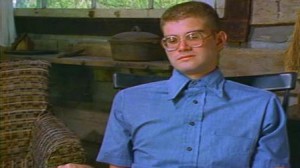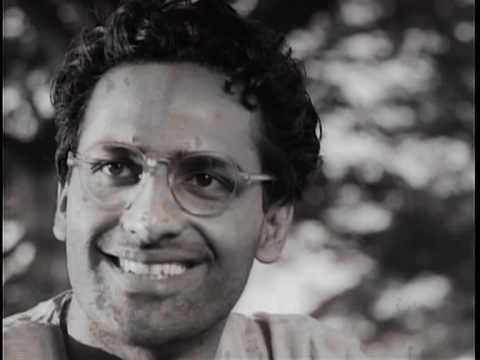From the Chicago Reader, May 18, 2001. — J.R.

Normally, viewing 16 shorts in a row is a bit like following ice cream with pickles, cheese dip, key lime pie, lima beans, bread pudding, and spinach. But this lineup is relatively homogeneous in its strangeness — evident in the actor’s monologue filmed by children that constitutes David Cronenberg’s 35-millimeter Camera (2000, 6 min.), Joshua Pritzker’s weird animation Small Car (7 min.), Jim Finn’s Communista (a compilation of three songs), and most of all, Todd Rohal’s wildly surrealist Knuckleface Jones (1999, 13 min.), which offers the most peculiar and dreamlike cross-gendered sex I can recall seeing. There are more surrealist high jinks in the other animated shorts, some featuring puppets and clay animation, plus an experimental black-and-white documentary (Trevor Arnholt’s 13-minute digital video The Composer) and a parodic trailer starring Eric Stoltz and Tate Donovan (Paul Harrison’s Jesus and Hutch). The program runs about 95 minutes, and overall it’s not a bad lineup. Biograph, Friday, May 18, 8:00, and Sunday, May 20, 1:00.
— Jonathan Rosenbaum
 Read more
Read more
From the October 2008 issue of Artforum. (This is also reprinted in my 2010 collection, Goodbye Cinema, Hello Cinephilia.) — J.R.

No major figure in postwar Japanese cinema eludes classification more thoroughly than Nagisa Oshima. The director of twenty-three stylistically diverse feature films since his directorial debut in 1958, at the age of twenty-six, Oshima is, arguably, the best-known but least understood proponent of the Japanese New Wave that came to international prominence in the 1960s and ’70s (though it is a label Oshima himself rejects and despises). Given the size of his oeuvre and the portions that remain virtually unknown in the West — including roughly a quarter of his features and most of his twenty-odd documentaries for television — the temptation to generalize about his work must be firmly resisted. Read more
This beautiful photograph, which I’m told has never been published before, was given to me by his maternal niece Rina Chakravarti in Toronto, at the Lightbox, shortly before I gave an introduction to a restored, gorgeous print of Ghatak’s 1960 masterpiece, The Cloud-Capped Star. It was taken taken in 1946 in Baikunthapur, Madhya Pradesh.

As one can (arguably) see from the photo below, of Niranjan Roy — the male lead of The Cloud-Capped Star, who plays the character Sanat — there’s a certain resemblance. [9-11-12]

Read more





